1007, AARYAN WORKSPACE - 2, NR. GULBAI TEKRA, AHMEDABAD.
10AM to 7PM
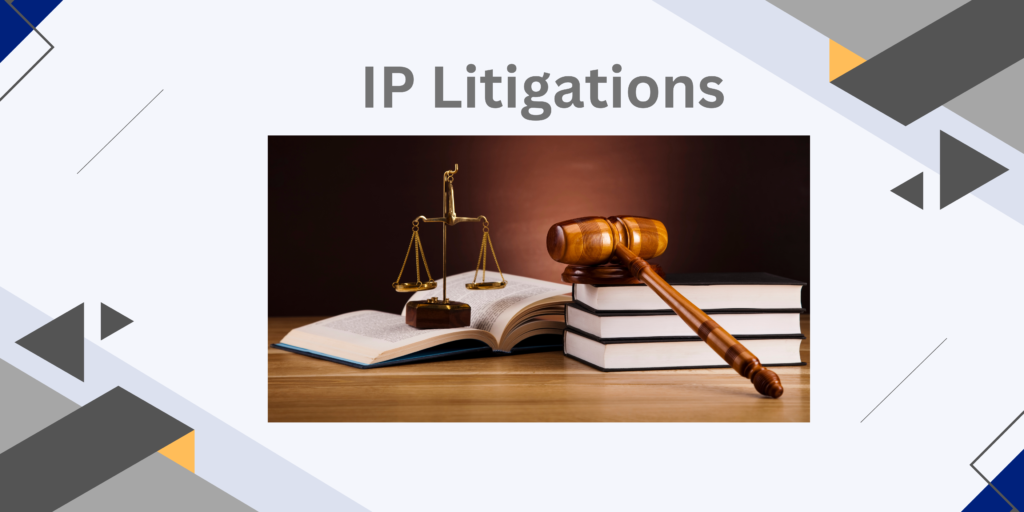
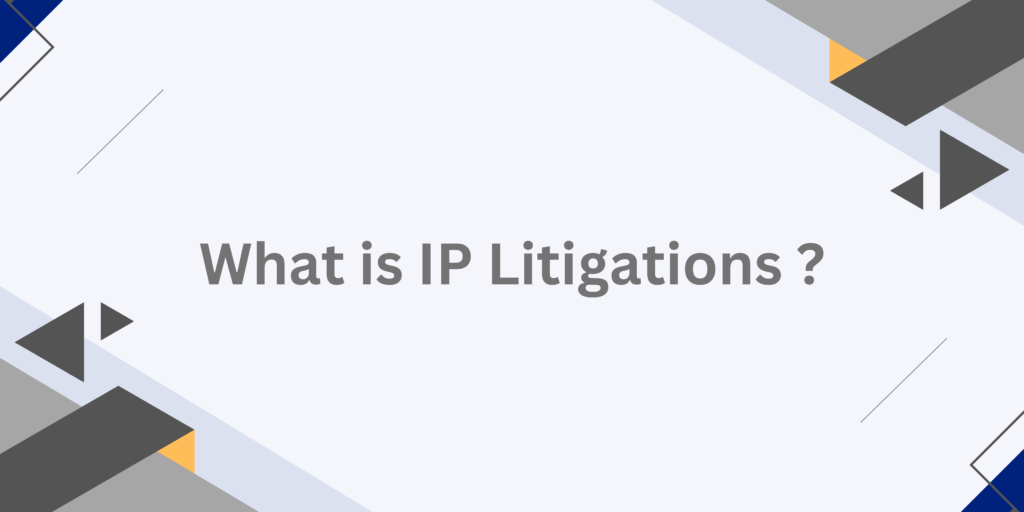
Intellectual property (IP) infringement poses a significant risk to a company’s success. One of the key roles of a law firm is to ensure that their client’s IP is fully protected. When necessary, they take legal action to defend against those who misuse or steal it.
In court, IP litigators have a crucial job, no matter the type of intellectual property involved. If they represent the party that owns the IP (the plaintiff), they must prove two main points: first, that their client rightfully owns the IP, and second, that the other party (the defendant) has violated this ownership, either on purpose or by mistake.
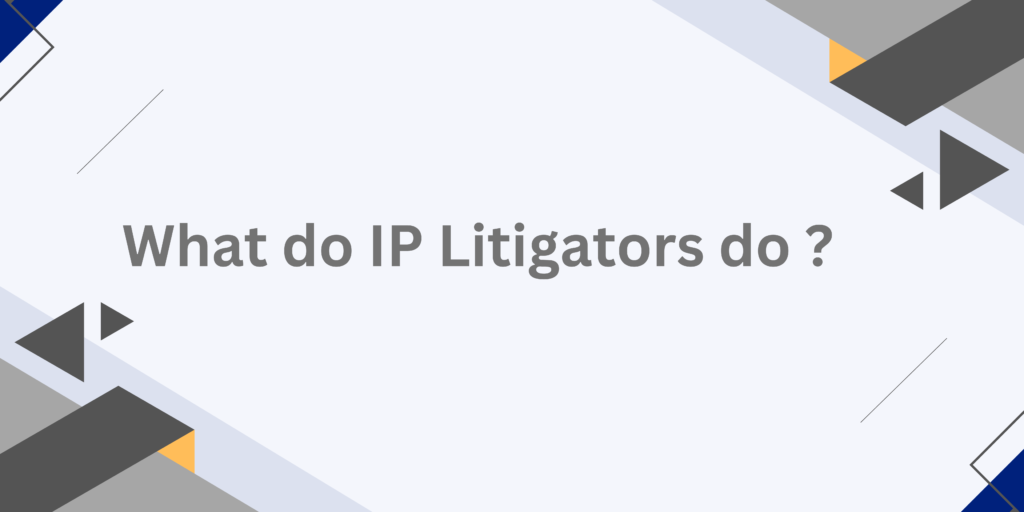

Safeguard your inventions worldwide with our international patent protection services. Our expert patent attorneys can assist you in securing global patent rights through the Patent Cooperation Treaty (PCT) or by filing directly in individual countries, based on your requirements. The PCT offers a simplified and cost-effective way to obtain patent protection across multiple countries, while direct national filing is ideal for businesses targeting specific markets. Proper patent protection allows businesses to confidently launch their products and protect their intellectual property rights.
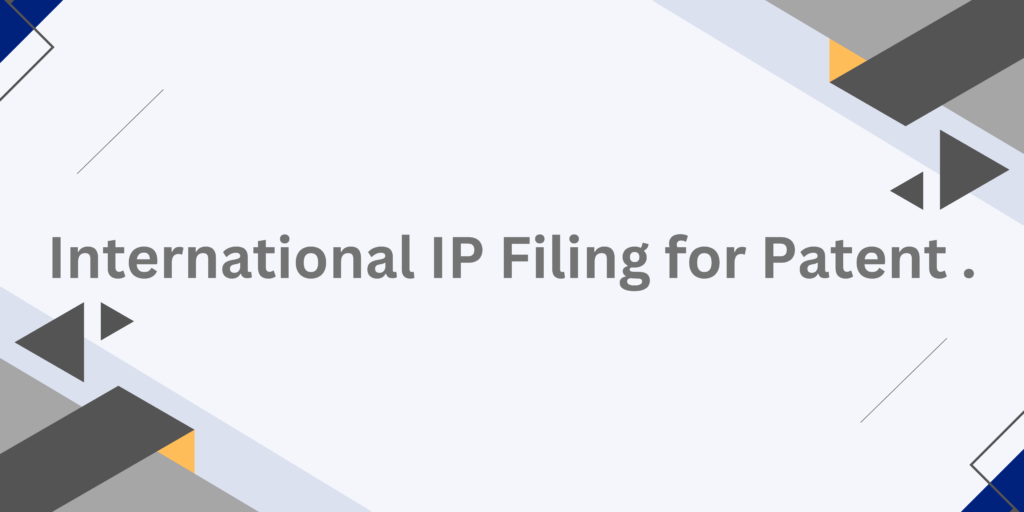

When filing for international copyright protection, it’s important to understand that unlike patents or trademarks, copyrights are generally protected internationally without the need for separate filings in each country. Here’s a brief overview:
– Automatic Protection: Under the Berne Convention, which over 180 countries have signed, copyright protection is automatically granted in all member countries without the need for registration.
– No Single International Filing: Unlike patents, there’s no single international copyright registration system. However, you can register your copyright in individual countries if you wish to have formal documentation or for enforcement purposes.
– Duration: Copyright protection under the Berne Convention generally lasts for the creator’s lifetime plus 50 years, though many countries extend this to 70 years after the creator’s death.
– Local Laws: While international treaties provide a baseline, specific protections and enforcement mechanisms can vary by country, so it may be beneficial to register copyrights in key markets where you expect potential infringement issues.
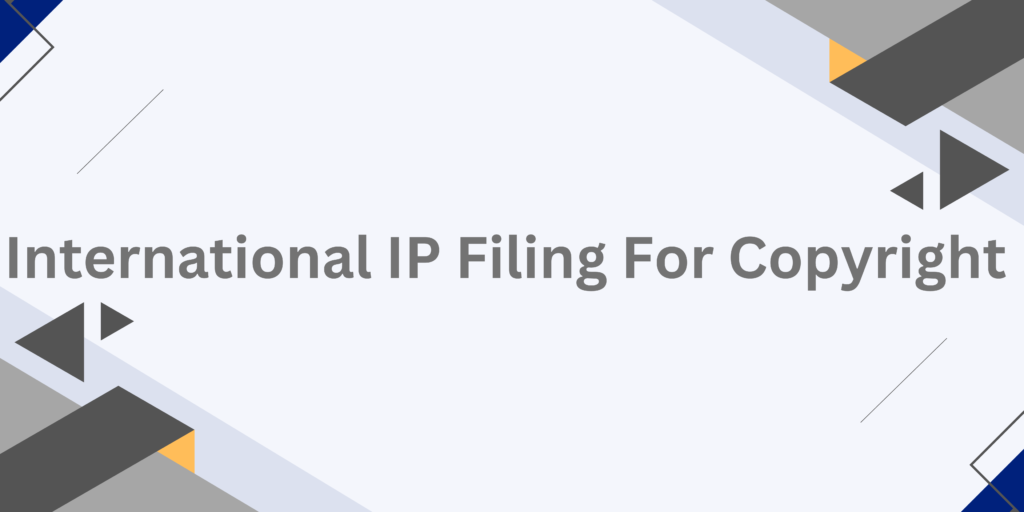
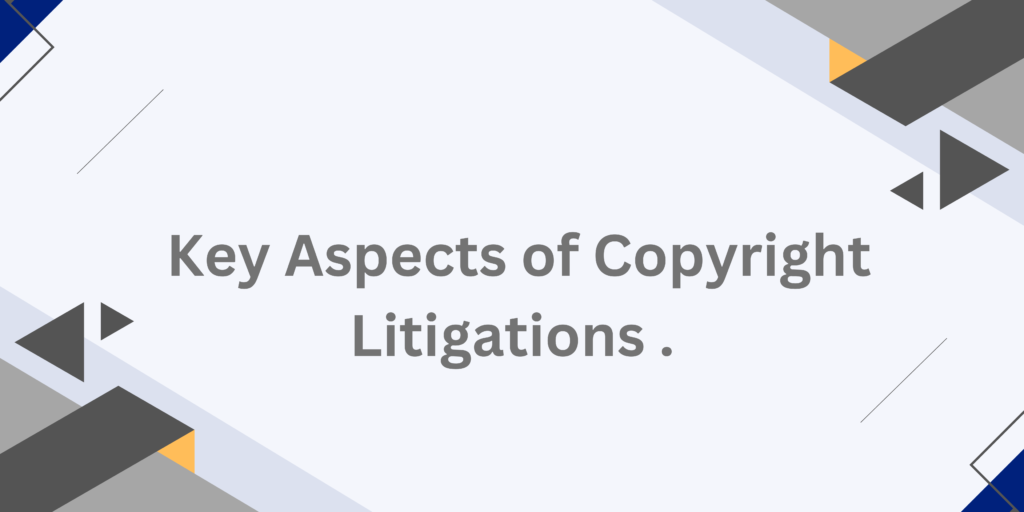
1 – Infringement Claims :- The copyright owner files a lawsuit against the alleged infringer, claiming that their copyrighted work has been used without permission.
2 – Legal Proceedings :- The case is taken to court, where the copyright owner must prove that the infringer used the work without authorization and that the work in question is original and protected by copyright.
3 -Remedies :- If the court rules in favor of the copyright owner, the remedies can include monetary damages, injunctions to stop further infringement, and in some cases, the destruction of infringing copies.
4 – Defenses :- The accused party may argue defenses such as fair use, claiming that their use of the work is legally permissible under certain circumstances, like for educational purposes, criticism, or parody.
5 – Settlement :- Many copyright disputes are settled out of court, where the parties agree on a resolution without going to trial.
Safeguard your product’s design with our international protection services. Our skilled attorneys can help you file for design protection either through the Hague System, which simplifies and reduces costs for multiple countries , or through individual national filings if you need protection in specific locations. We also offer DMCA and takedown services to remove unauthorized content from online platforms. Trust us to protect your intellectual property and confidently launch your products.
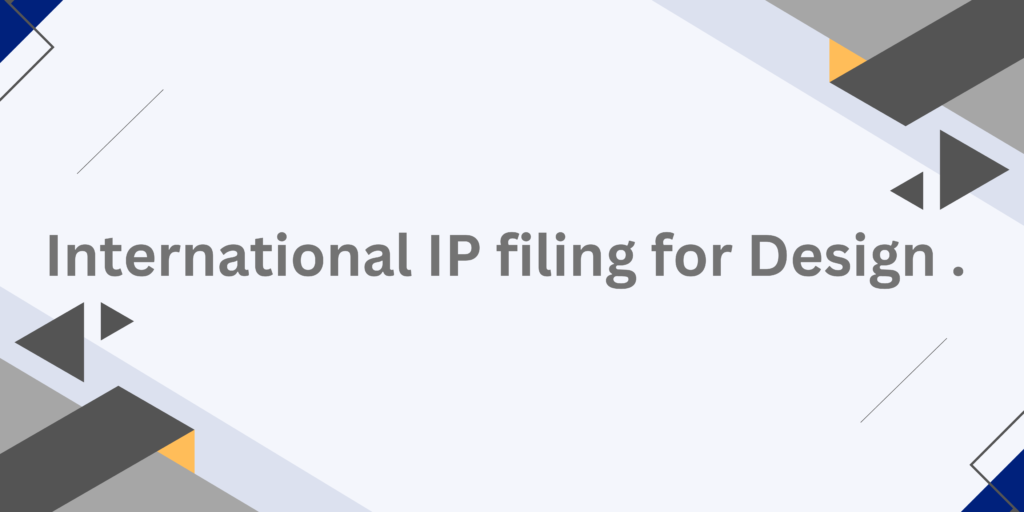

– The Hague Agreement provides a streamlined process for registering industrial designs in multiple countries through a single application.
– This system allows you to file one application, in one language, and pay one set of fees to protect your design in any of the member countries.
– If the countries of interest are not members of the Hague Agreement, you must file separately in each country.
– This process can be more complex and costly, requiring adherence to each country’s specific laws and regulations.
– To obtain protection, designs must be registered with the relevant IP office(s) in the target country or region.
– Design protection typically covers the appearance, shape, pattern, or ornamentation of an item, and not its functional aspects.
– The term of protection varies by country but is generally between 10 to 25 years, often with the possibility of renewal.
Protect your brand worldwide with our international trademark services. We help you secure exclusive rights to your brand in various countries and regions. For a simpler and more affordable process, use the Madrid System to file one application with the World Intellectual Property Organization for multiple countries. If needed, we can also handle national filings for countries outside the Madrid System. With the right trademark protection, you can confidently grow your brand internationally. Partner with a skilled trademark attorney to ensure you meet all legal requirements.
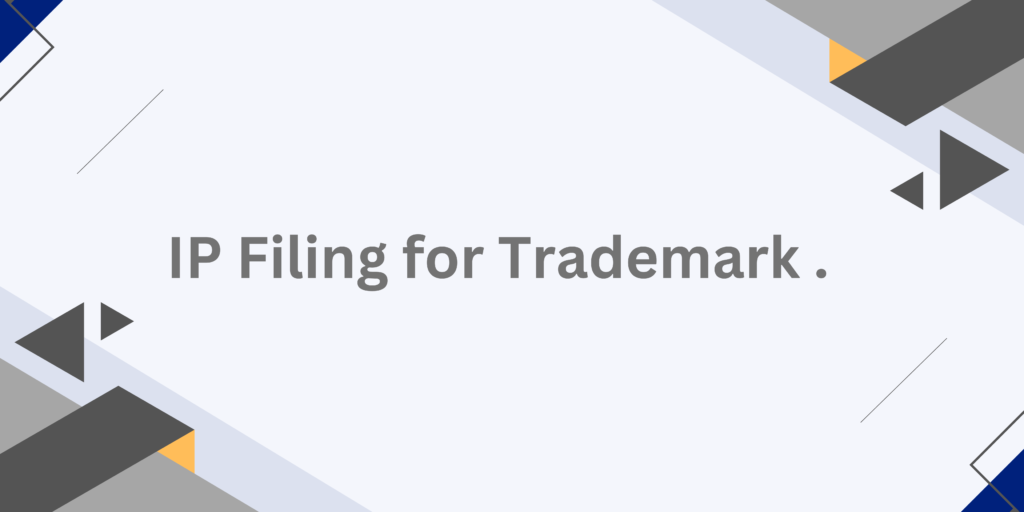
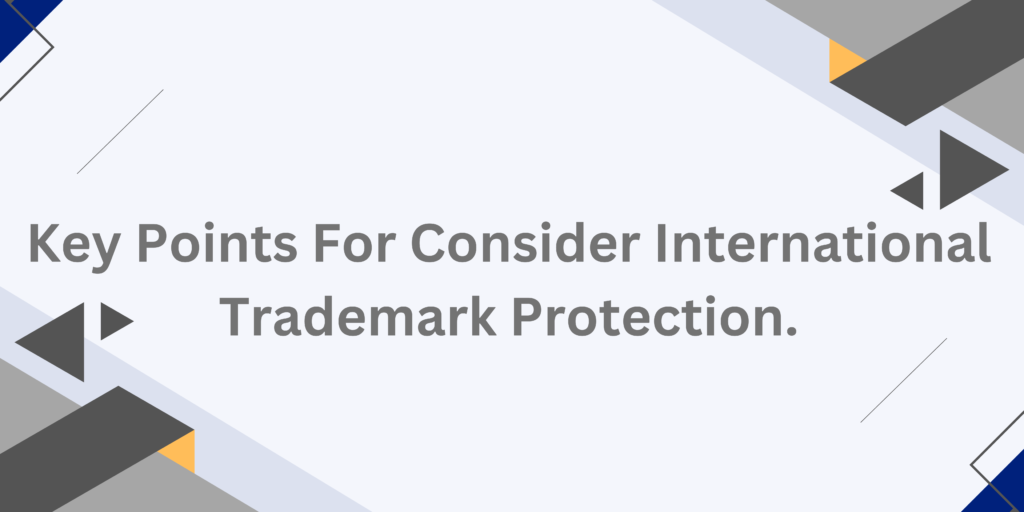
– The Madrid System, governed by the Madrid Agreement and Protocol, allows you to file a single trademark application to protect your brand in multiple member countries.
– This system simplifies the process by letting you file in one language, pay one set of fees, and manage your trademarks through a centralized system.
– If some target countries are not part of the Madrid System, you will need to file directly in each country.
– Each country has its own rules and procedures for trademark registration, which can be more time-consuming and costly.
– Start by conducting a trademark search to ensure your mark is unique and not already in use.
– Prepare and submit your application, including details of your mark and the goods or services it will cover.
4. Examination and Approval:
– Each country or jurisdiction will examine your application to ensure it meets their criteria for trademark registration.
– Once approved, your trademark will be protected in those countries for a specific term, often 10 years, with the option to renew.
– Consulting with an IP attorney can help navigate the complexities of international trademark filings and ensure your brand is effectively protected in global markets.
10TH FLOOR - 1007, AARYAN WORKSPACE - 2, OPP. VASUNDHARA SOCIETY NR. PUNESHWAR FLAT, NR. GULBAI TEKRA,
Call Us For Free Consulatation
Drop Us A Mail
Navdeep & Assocciates Design & Developed by VW Themes